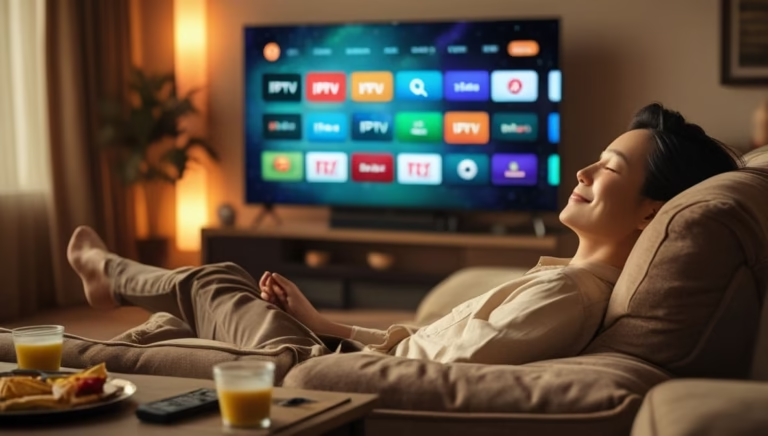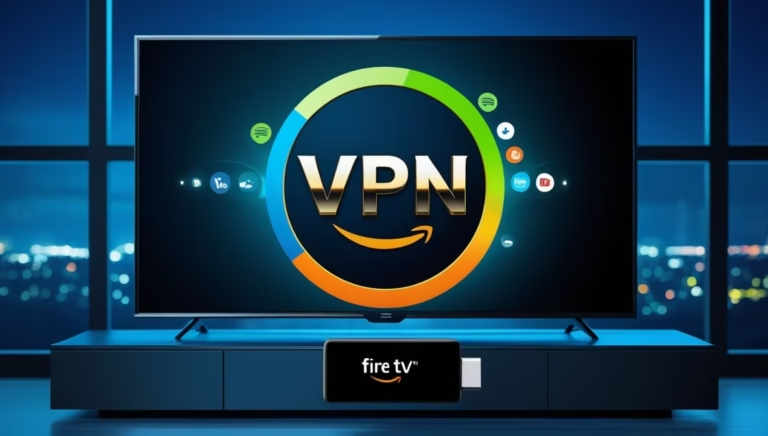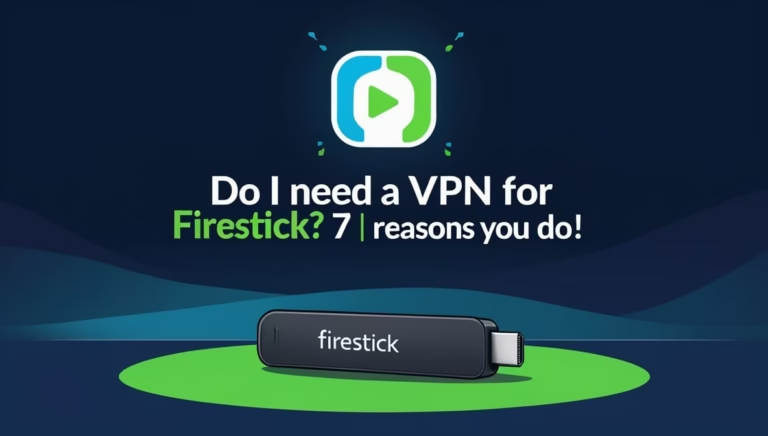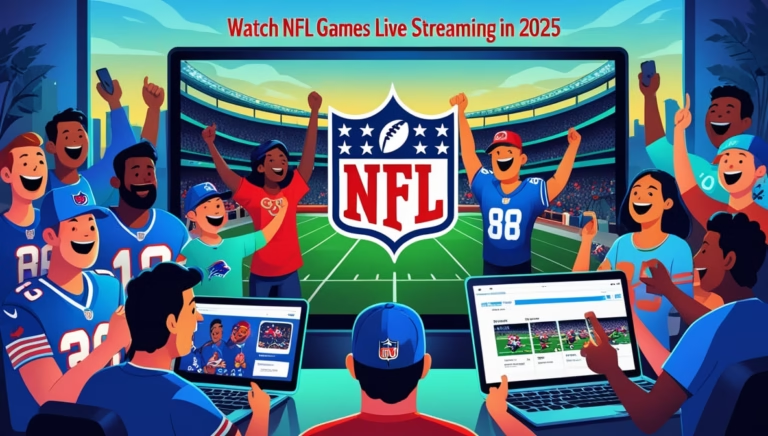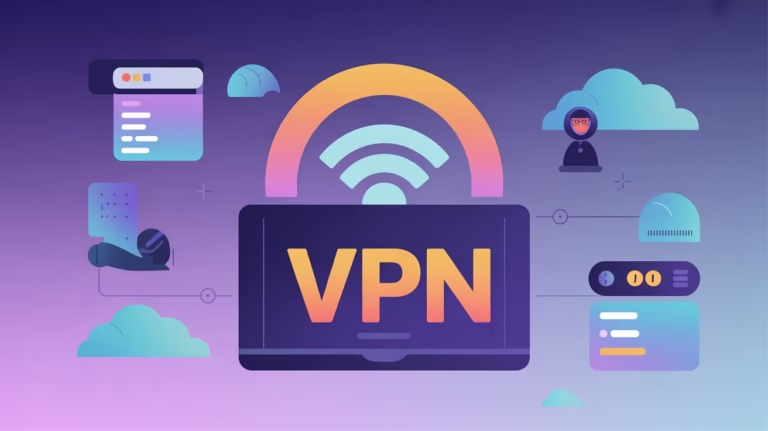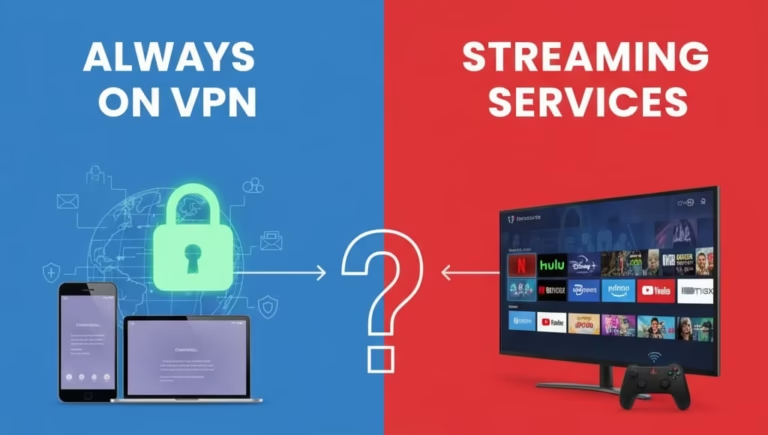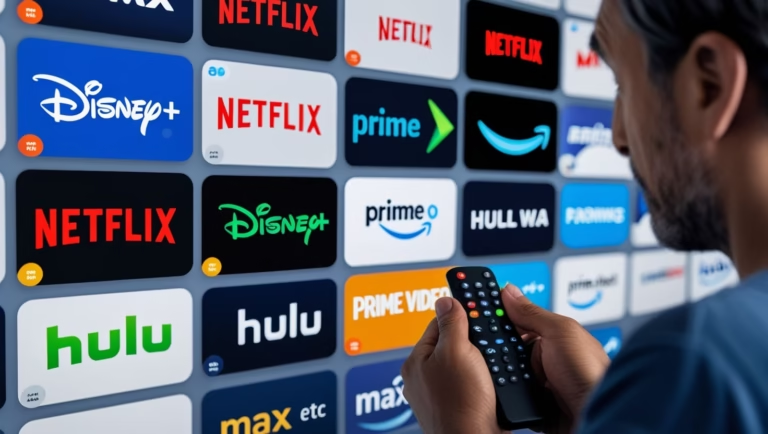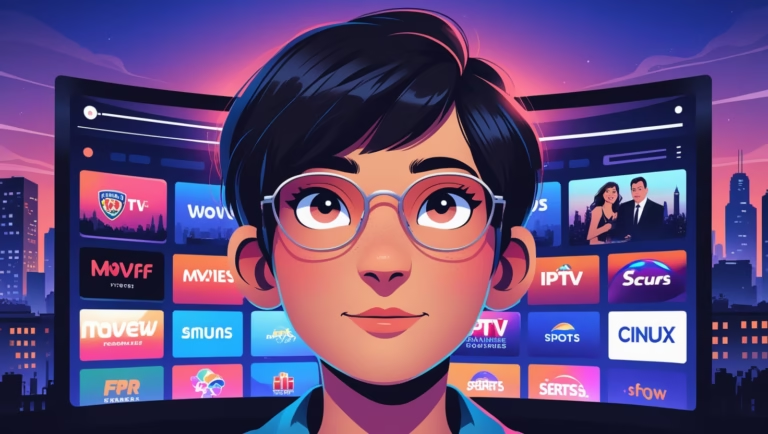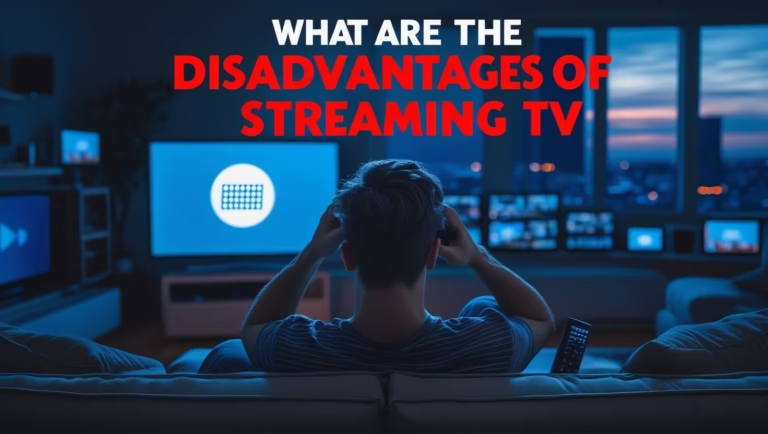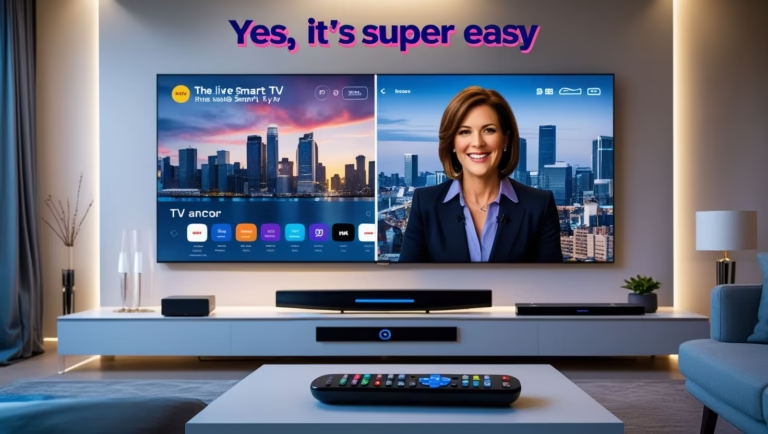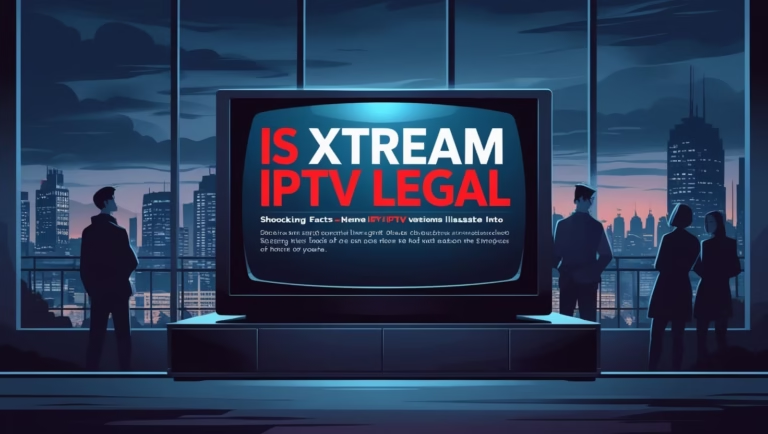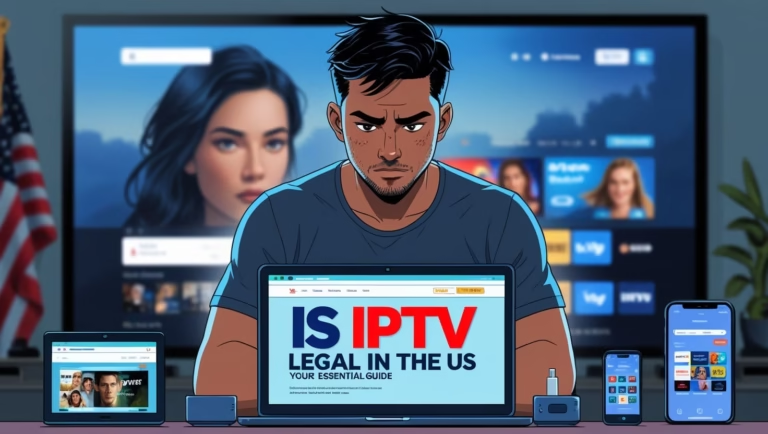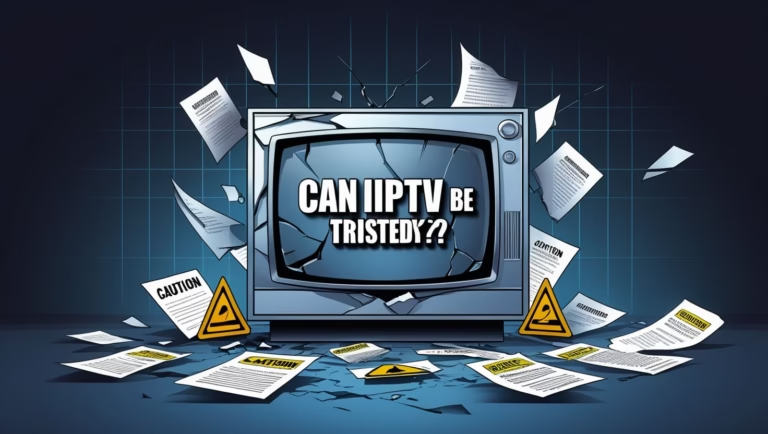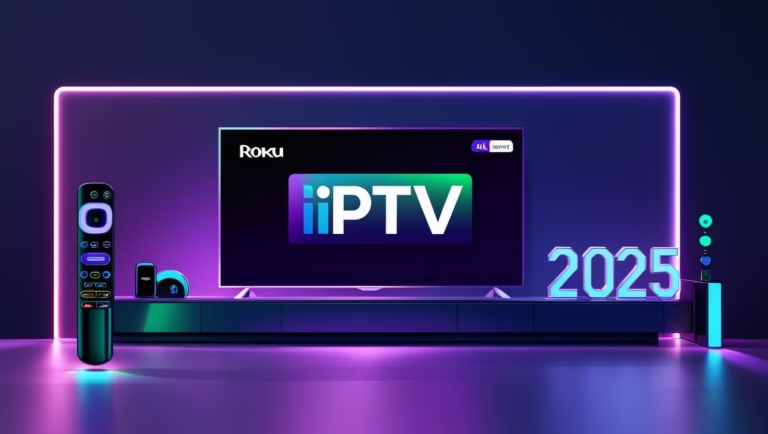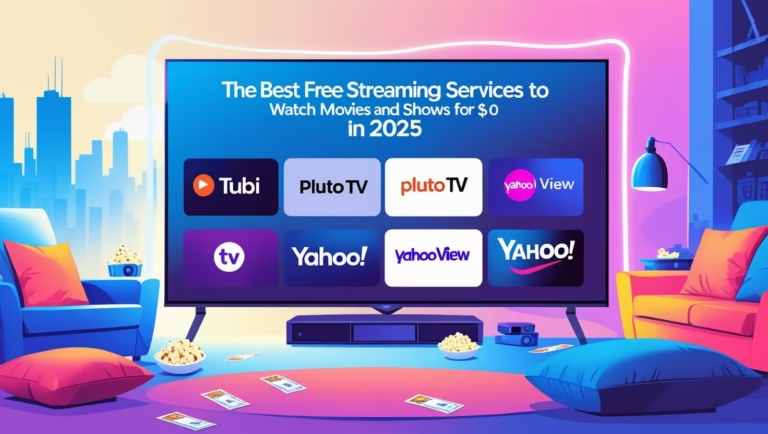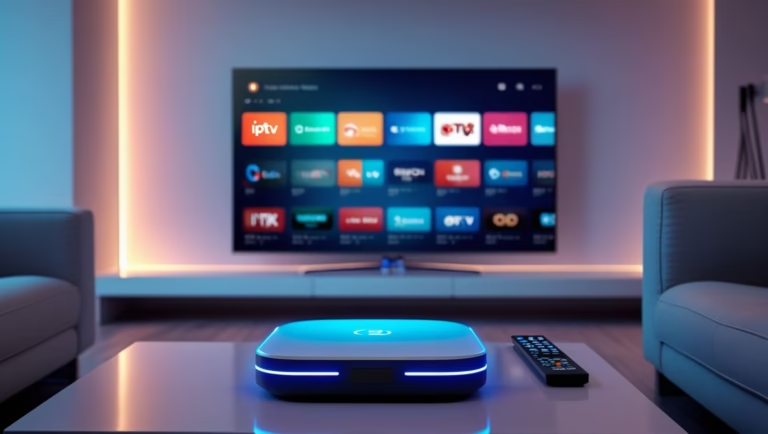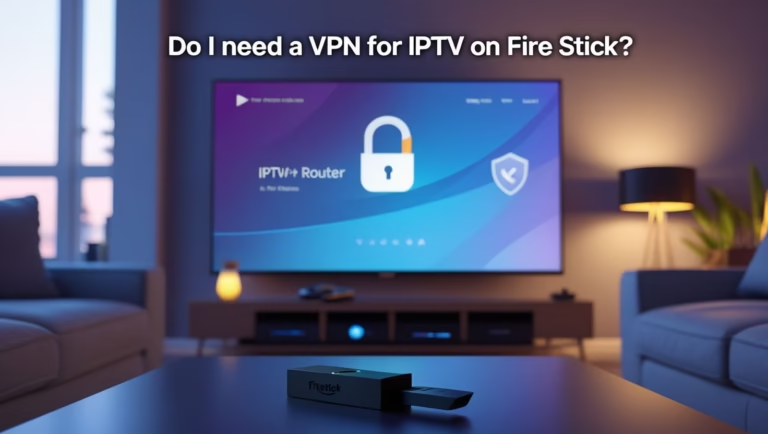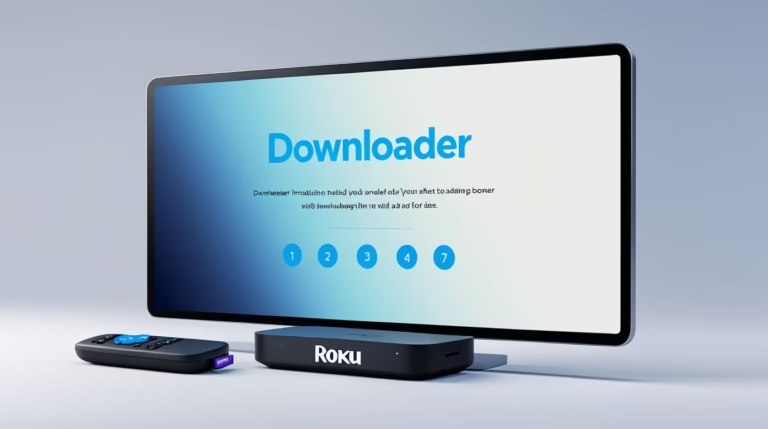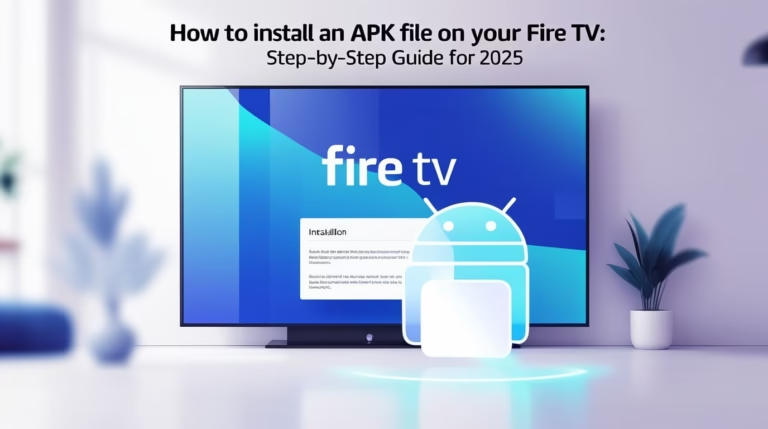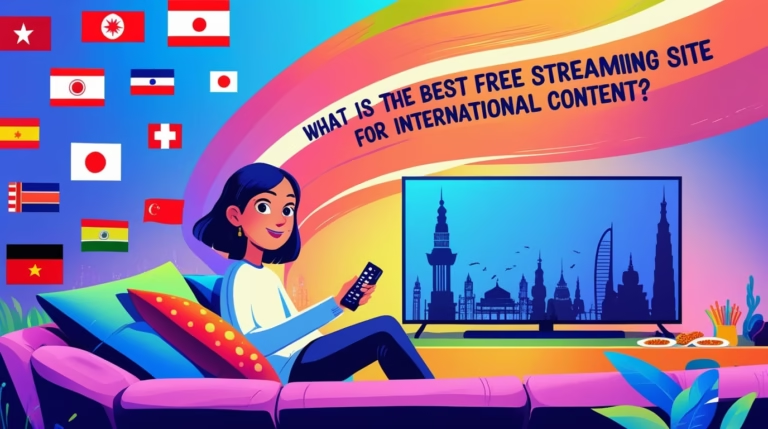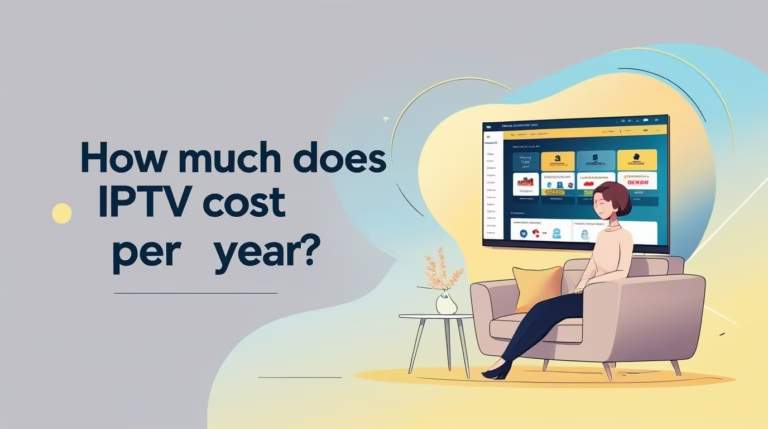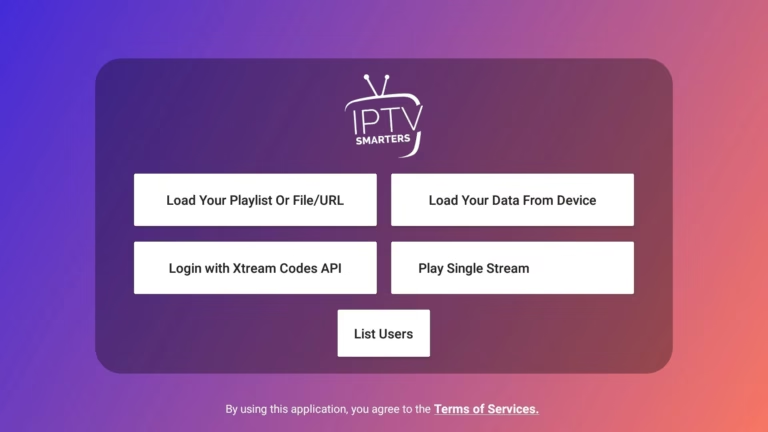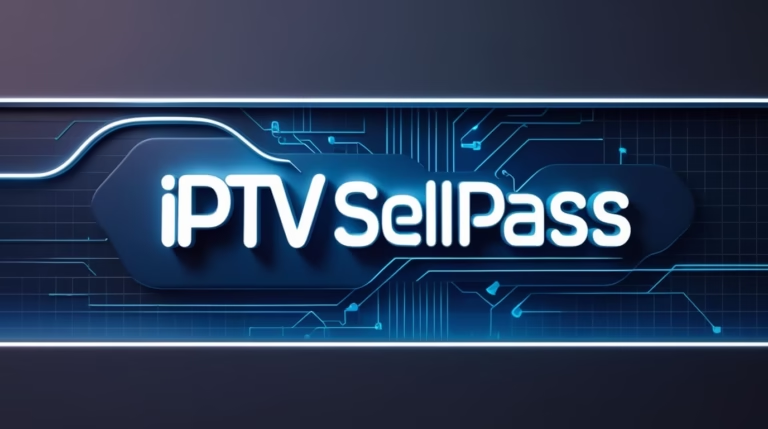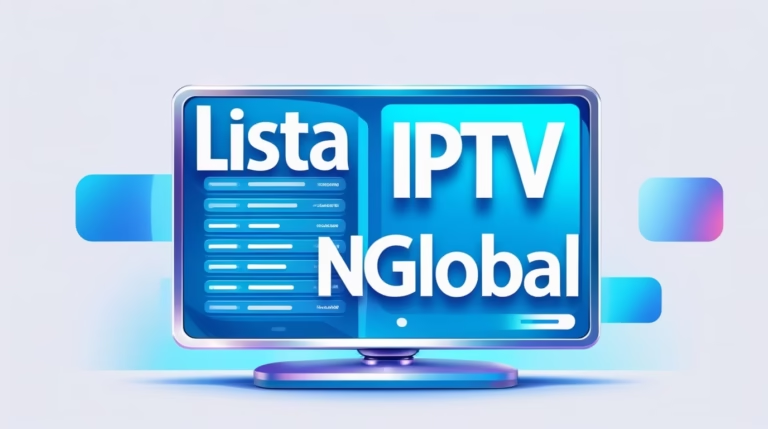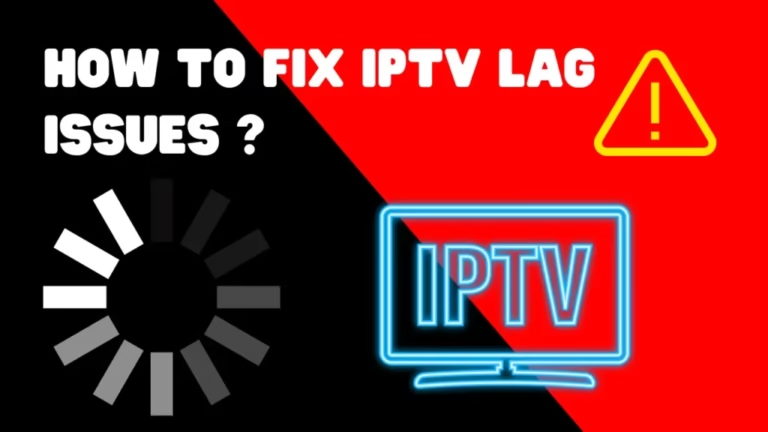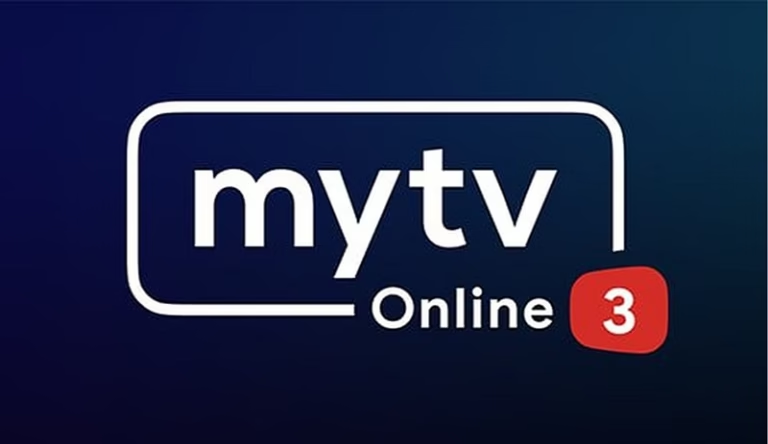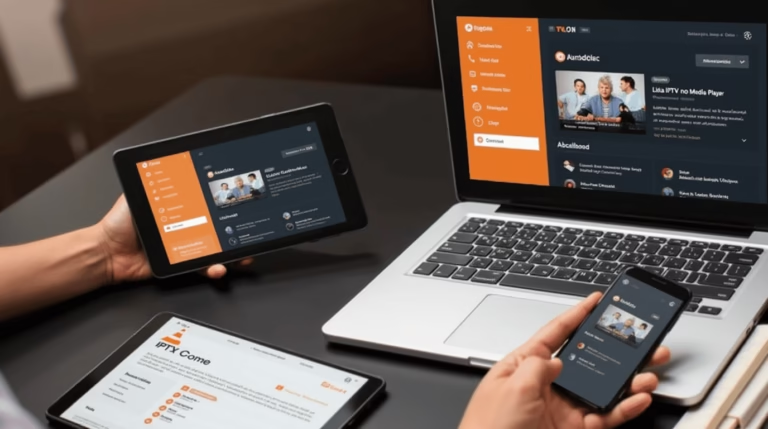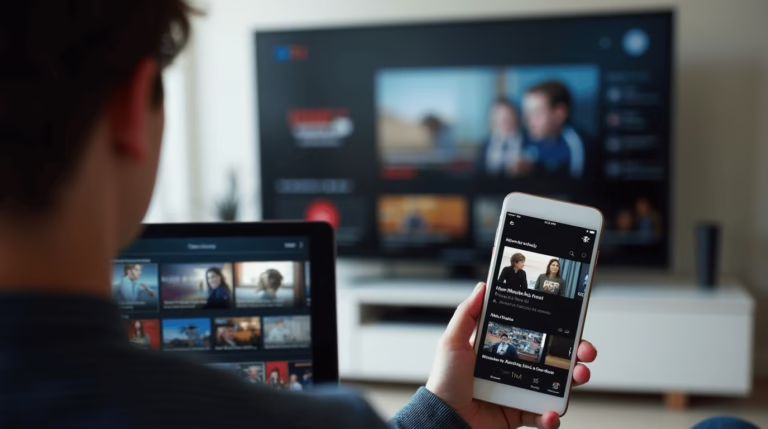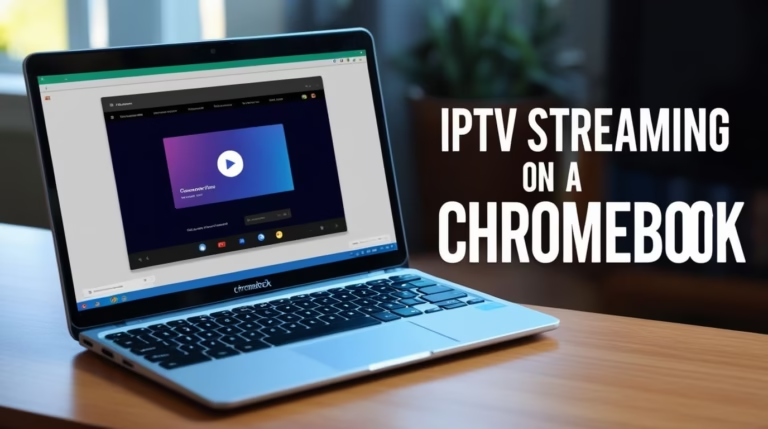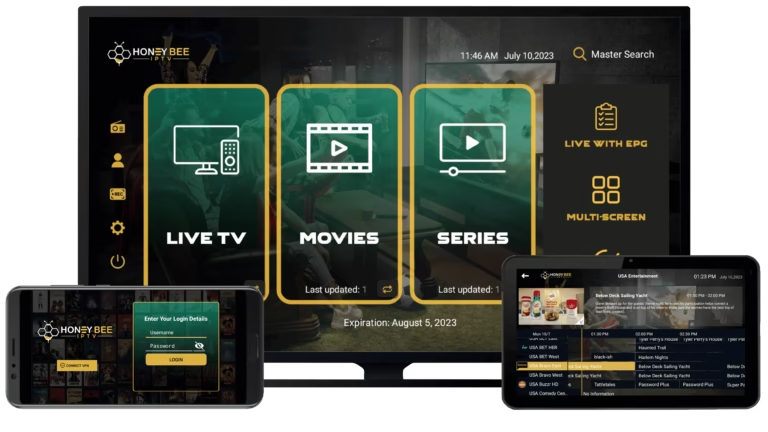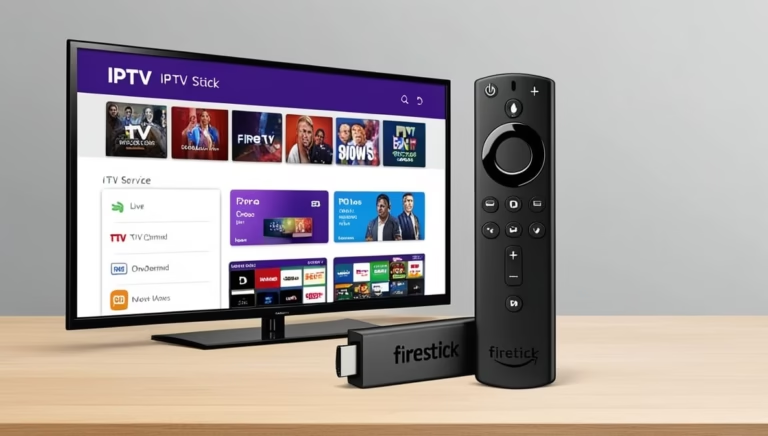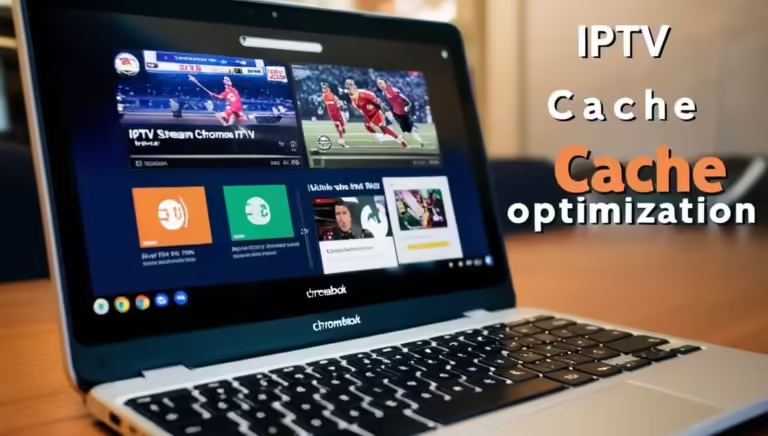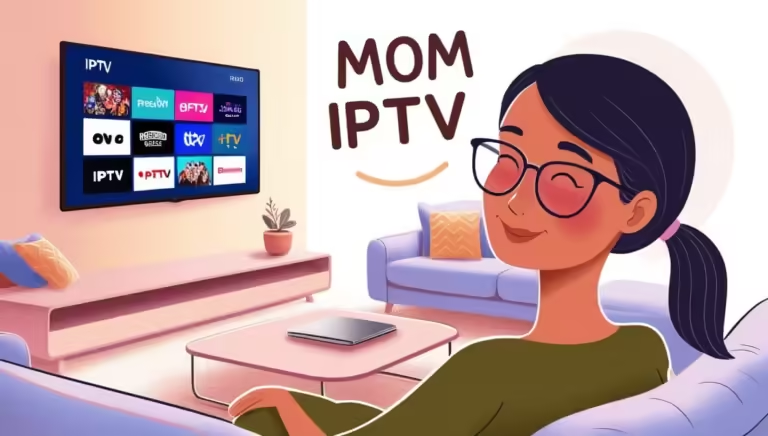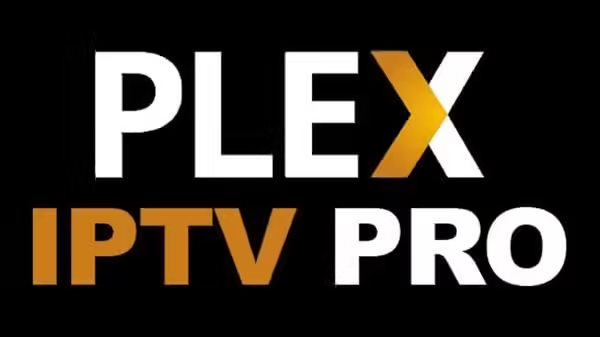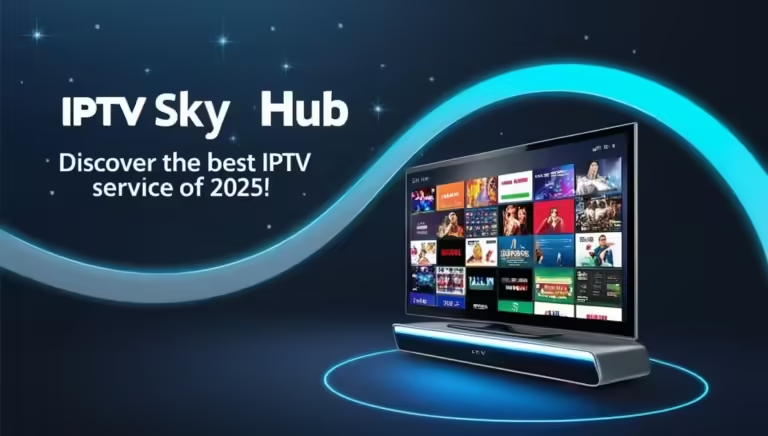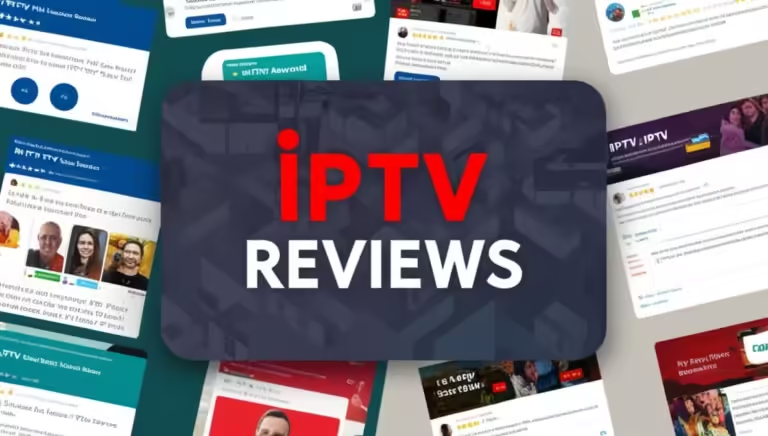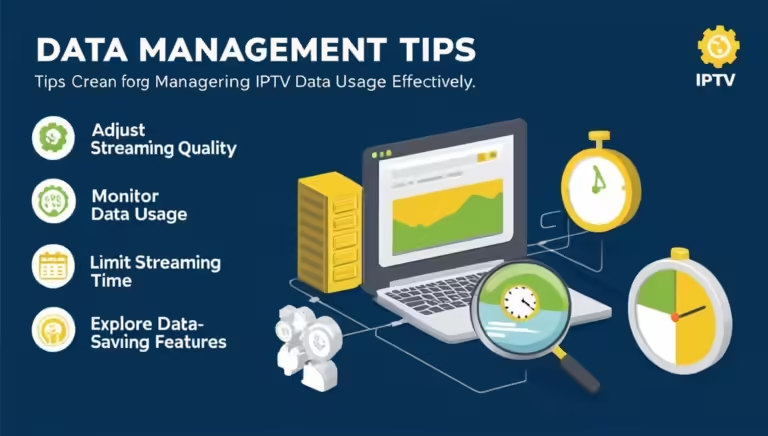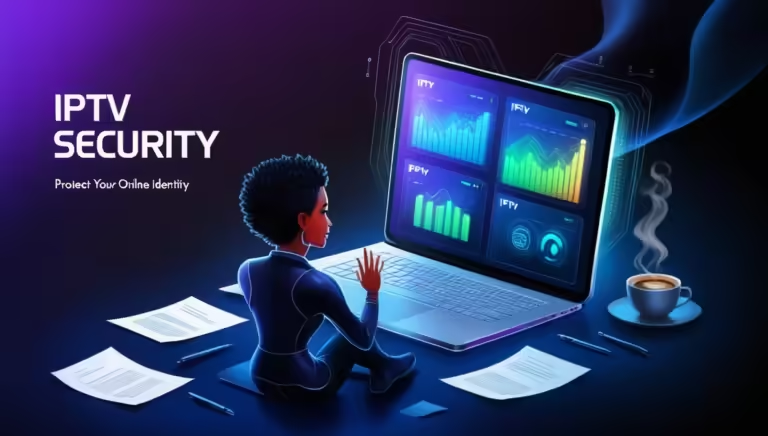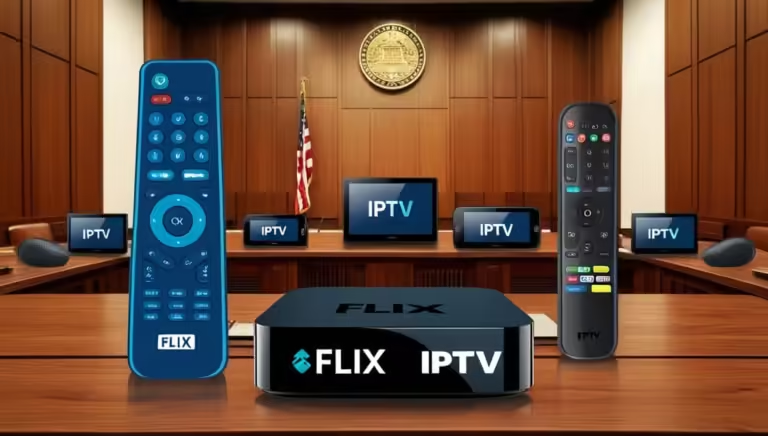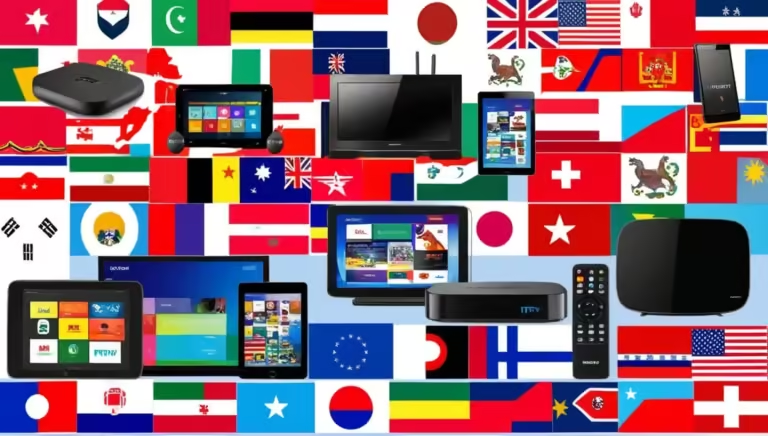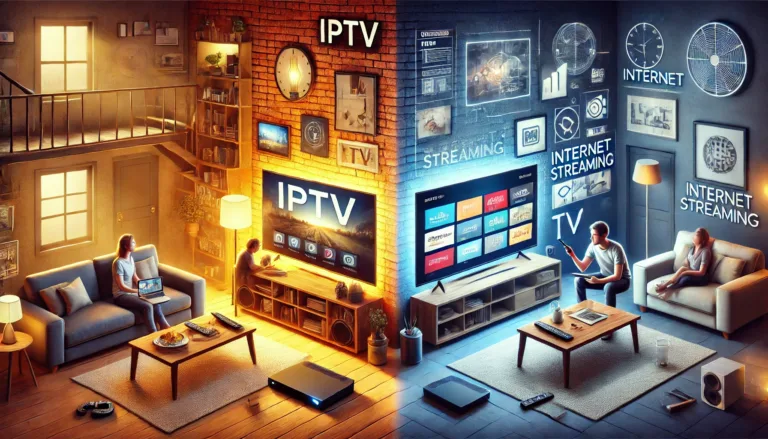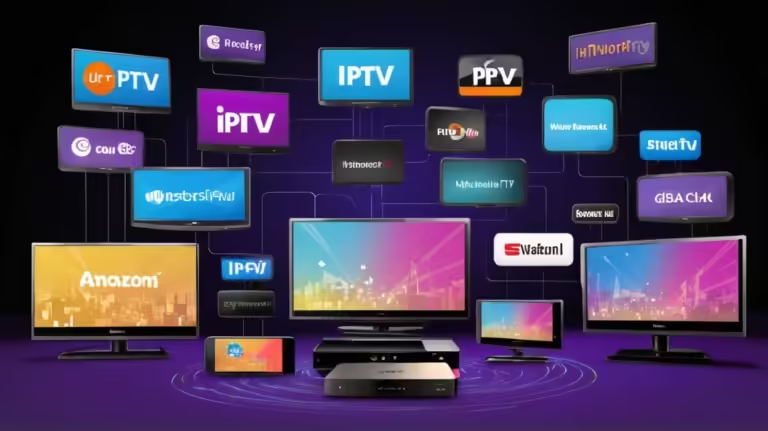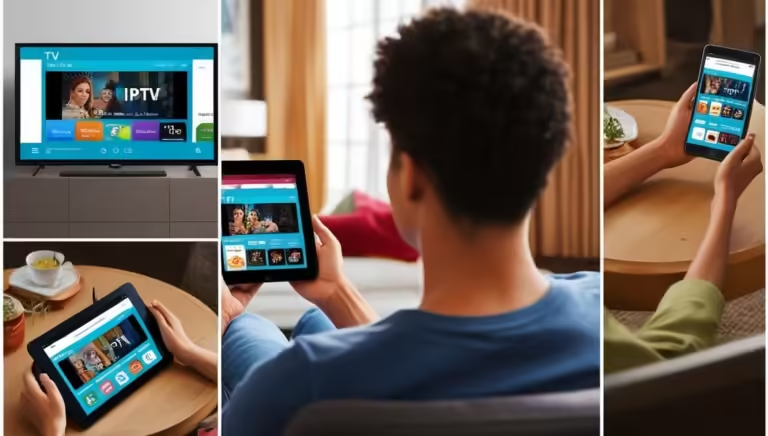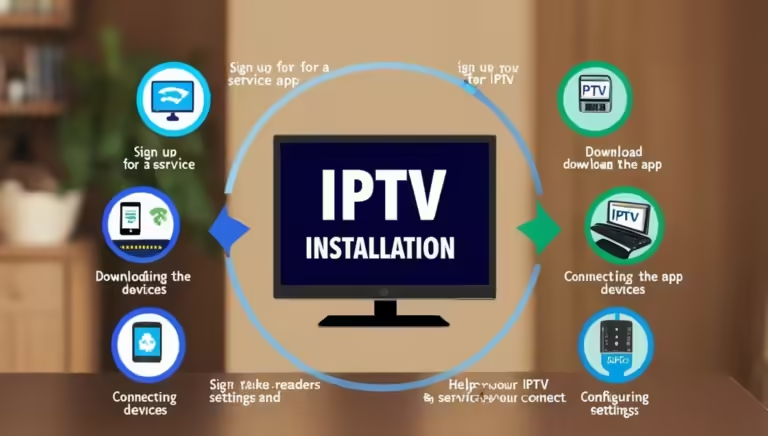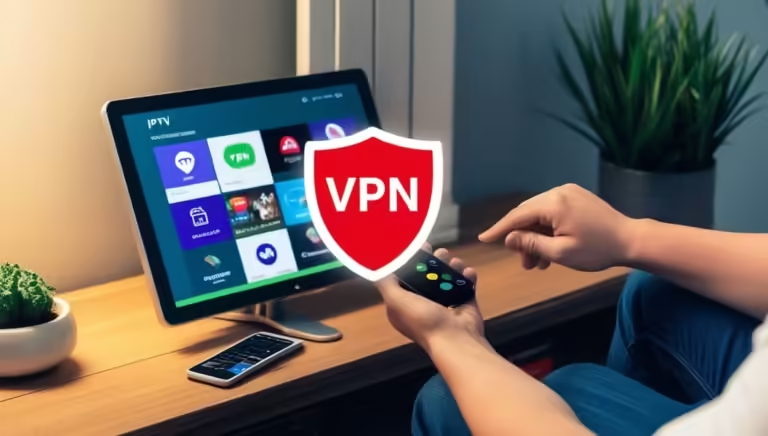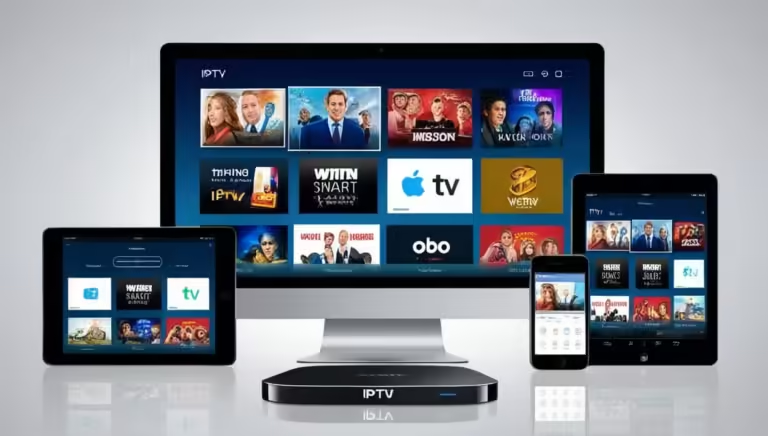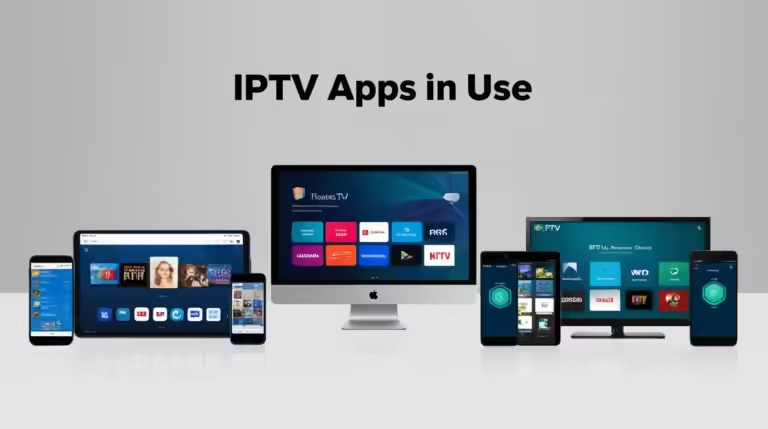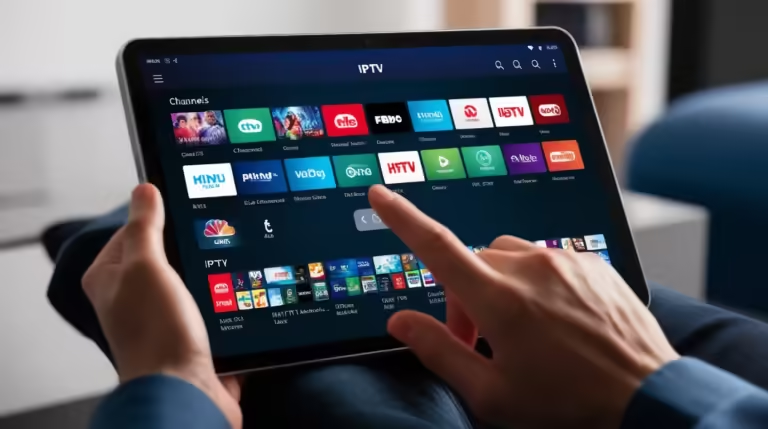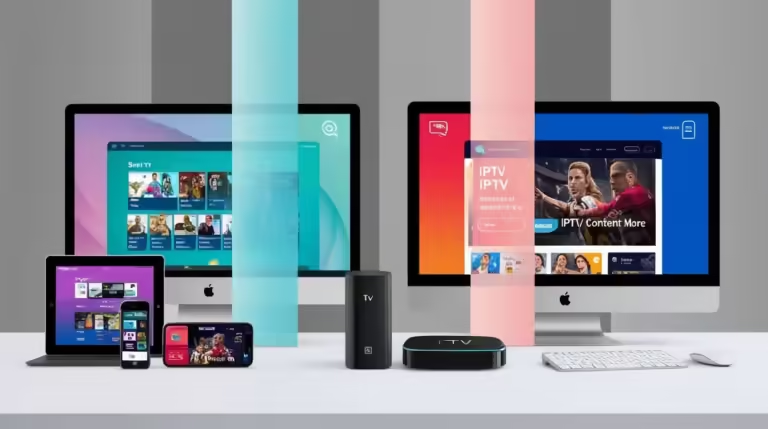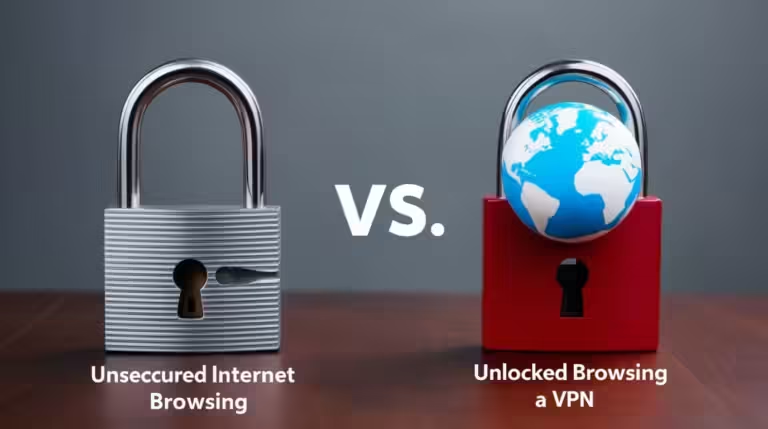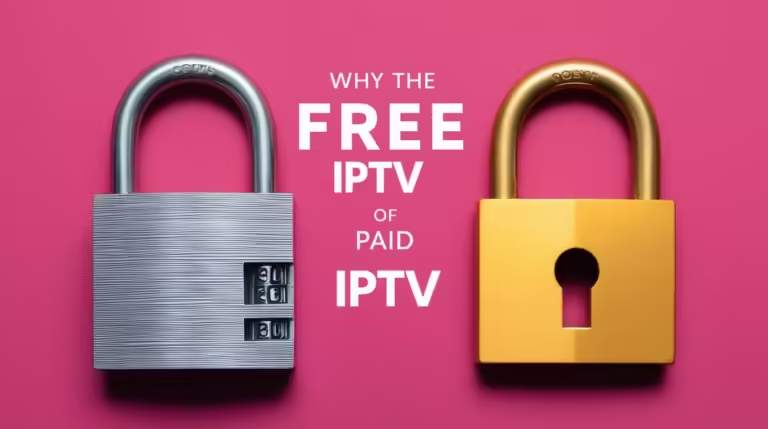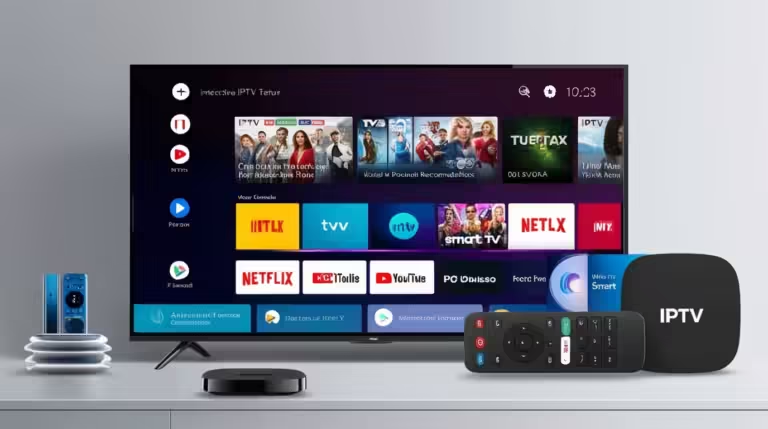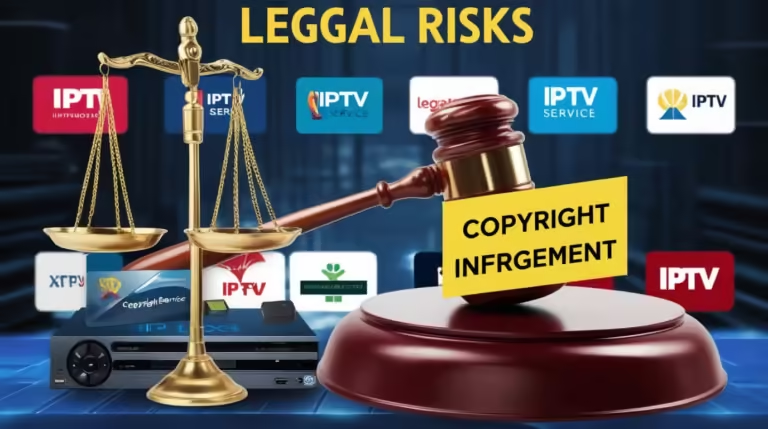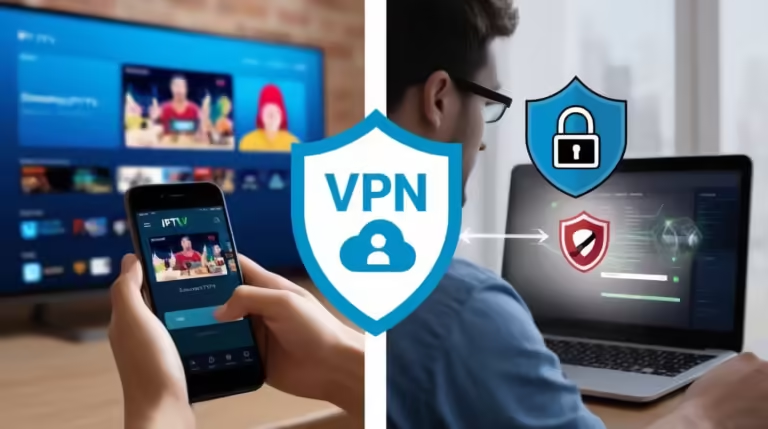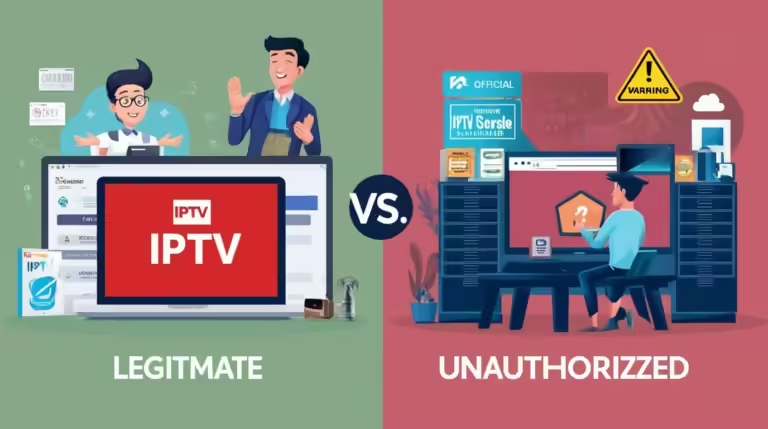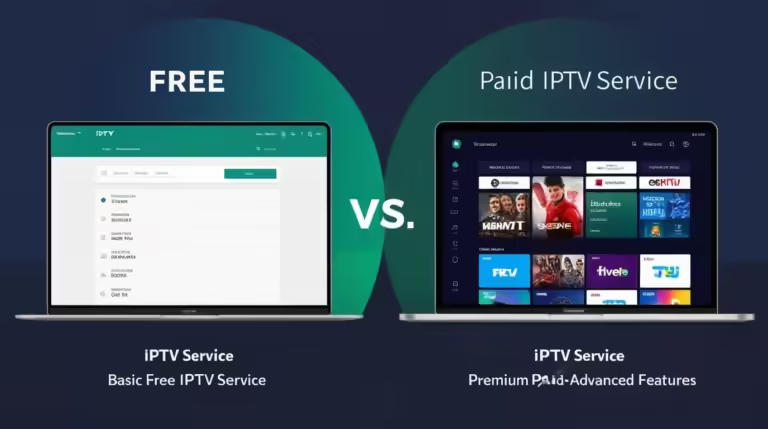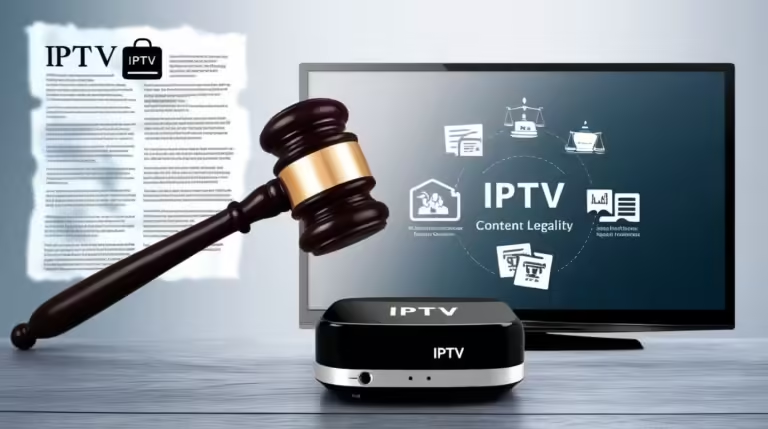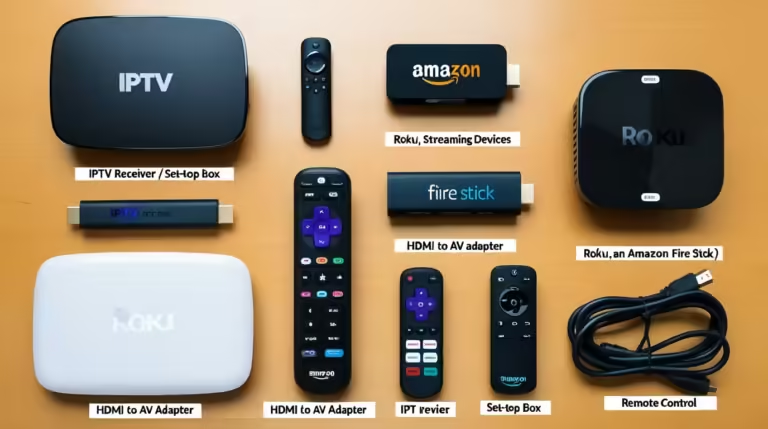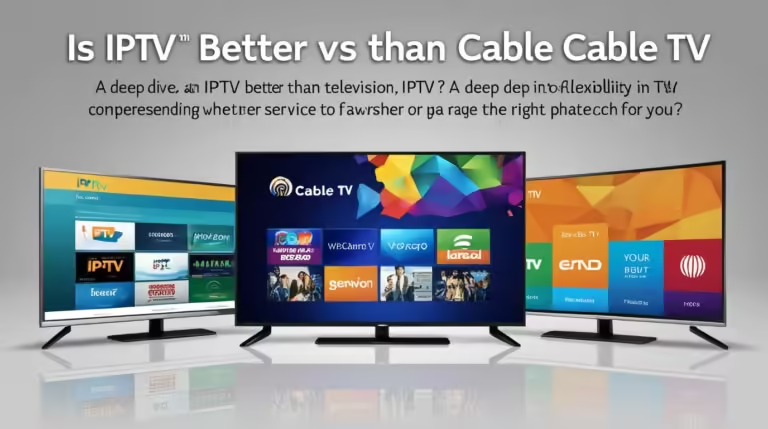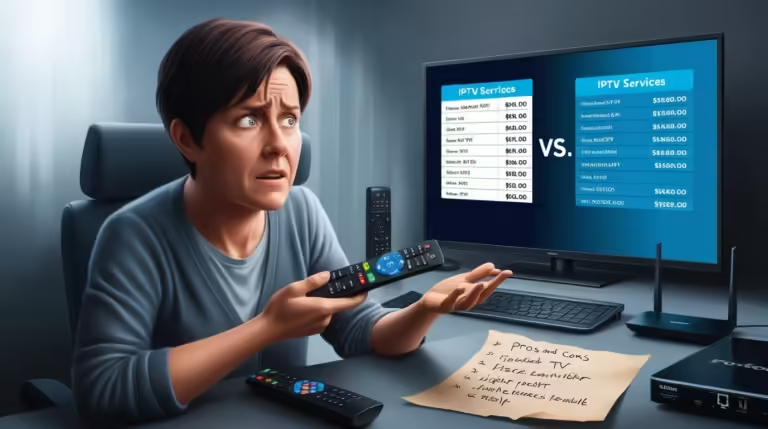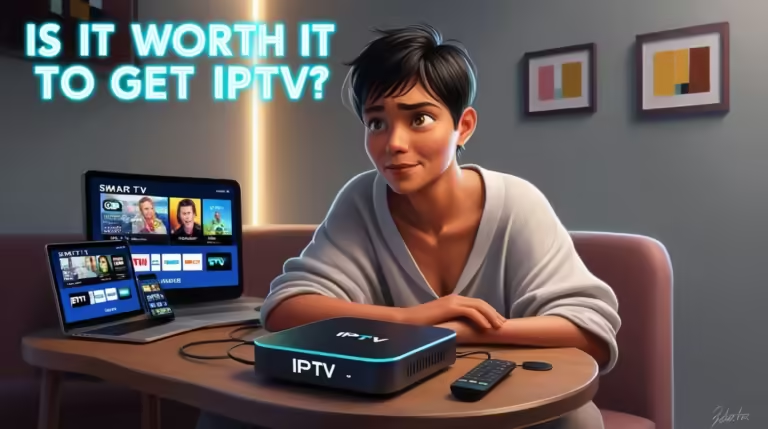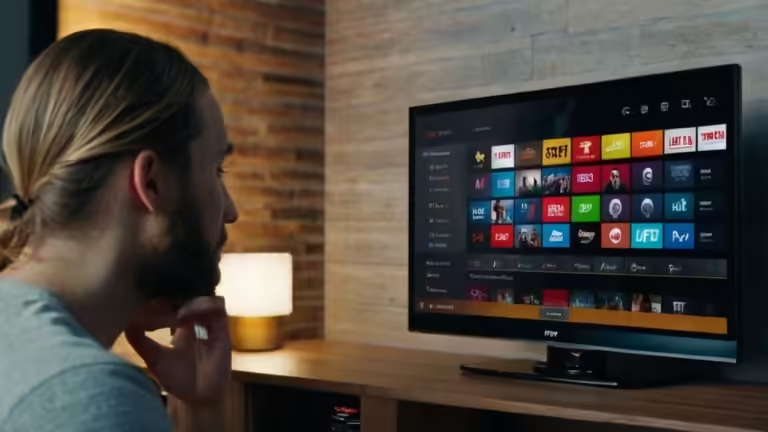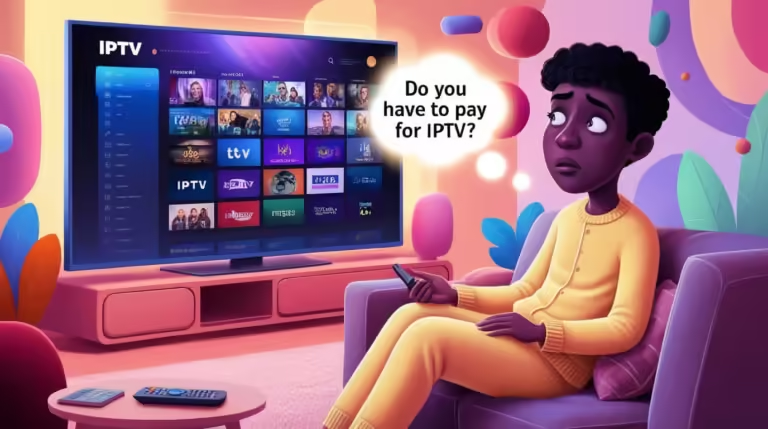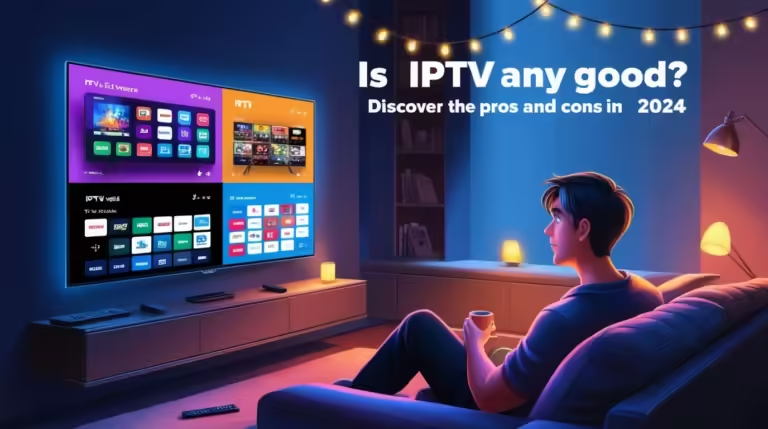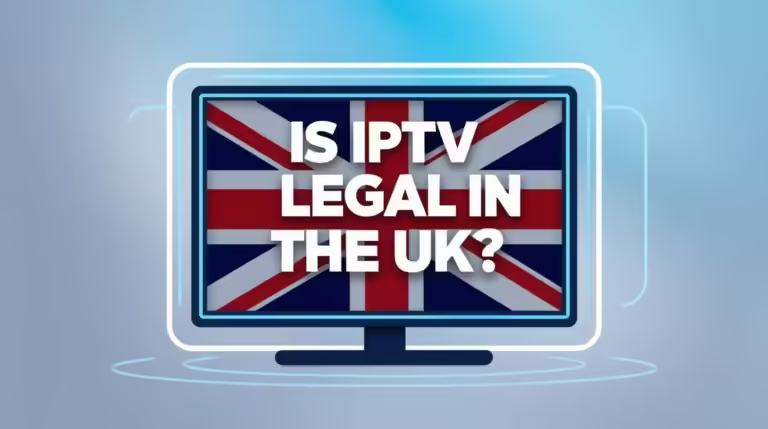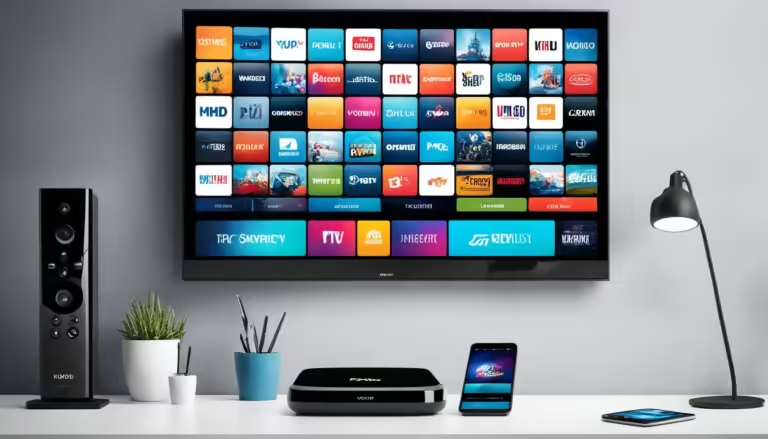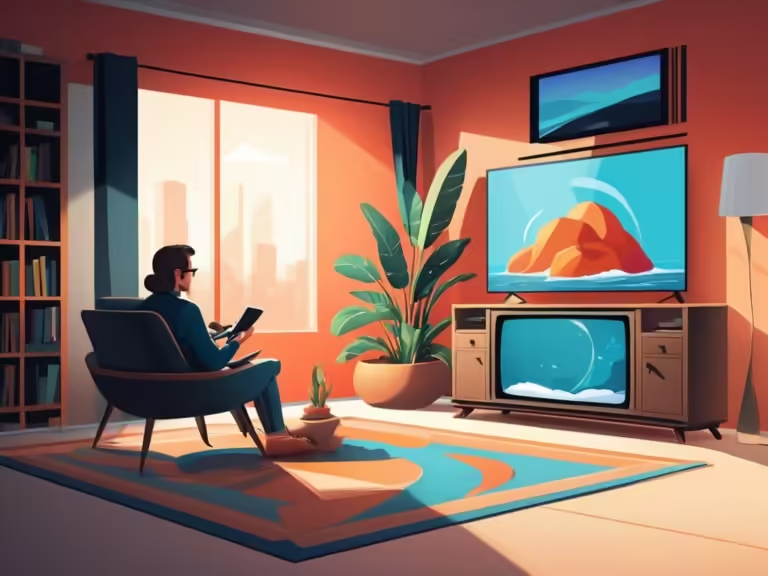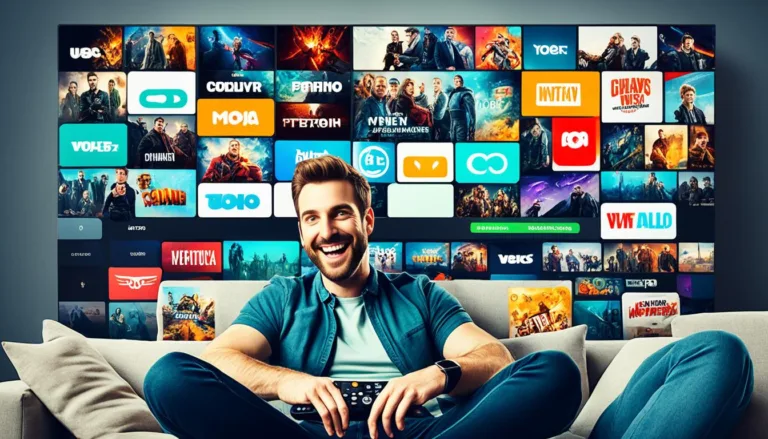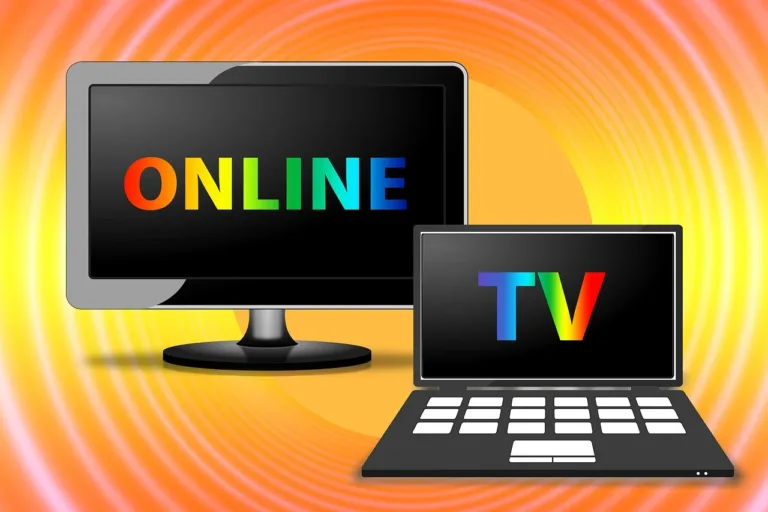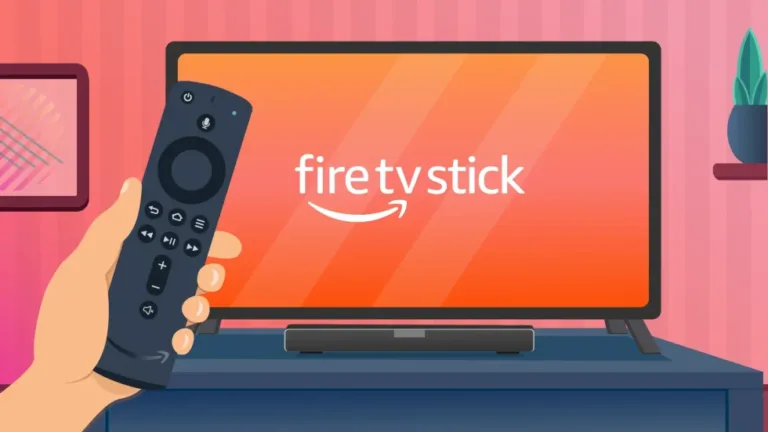In the ever-evolving world of entertainment, the way we consume content has undergone significant transformations. From the days of bulky television sets and cable subscriptions to the sleek interfaces of modern streaming services, each leap forward has reshaped our viewing habits. Enter IPTV—a term that’s been gaining traction in recent years. But what exactly is IPTV? Is IPTV an app or something more complex? In this article, we’ll dive deep into the nature of IPTV, comparing it to traditional TV, exploring its technological backbone, evaluating its user experience, and examining its potential to redefine the future of entertainment.
What Exactly Is IPTV? Decoding the Question: Is IPTV an App or Something More?

At its core, IPTV, or Internet Protocol Television, refers to the delivery of television content over Internet Protocol (IP) networks rather than traditional terrestrial, satellite, or cable formats. Unlike traditional TV, which relies on physical transmission methods like satellite dishes or cable lines, IPTV uses your internet connection to stream TV channels and on-demand content directly to your device.
So, is IPTV an app? The short answer is: not exactly. While IPTV can be accessed through apps on various devices, it’s more accurate to describe IPTV as a broader service or technology. IPTV systems use a specialized infrastructure that includes servers, software, and network protocols to deliver content. This infrastructure allows IPTV to offer features that traditional TV struggles to match, such as interactive services, video-on-demand, and enhanced personalization.
When we talk about whether IPTV is an app, we’re addressing a misunderstanding. The term “app” often implies a standalone software application, like Netflix or Hulu. IPTV, on the other hand, represents a whole ecosystem that can be accessed through various apps, interfaces, and devices. It’s a technology that provides the framework for delivering TV content via the internet, rather than a single app or platform.
How IPTV Compares to Traditional TV: Is IPTV an App or a Revolutionary Shift?

Traditional TV and IPTV might seem similar on the surface—they both deliver television programming. However, the underlying mechanics and viewer experience are quite different. Traditional TV relies on a physical delivery system, whether it’s through satellite dishes, cable lines, or over-the-air signals. These systems often come with a fixed schedule and limited interactivity.
IPTV, however, represents a revolutionary shift. It allows viewers to bypass traditional broadcasting methods and access content via their internet connection. This shift brings several key advantages:
- On-Demand Content: Unlike traditional TV, which often requires viewers to adhere to a fixed schedule, IPTV offers extensive on-demand options. This means you can watch shows and movies whenever you want, without being tied to a specific broadcast time.
- Interactive Features: IPTV often includes interactive features such as pause, rewind, and fast-forward, which are not available with traditional TV. Some IPTV services also offer additional functionalities like live chat, on-screen messaging, and interactive advertising.
- Personalization: IPTV platforms frequently provide personalized content recommendations based on viewing history and preferences. This level of customization goes beyond what traditional TV can offer, which typically features a one-size-fits-all approach to content delivery.
- Multi-Device Access: With IPTV, you can access content across various devices—smartphones, tablets, smart TVs, and computers. Traditional TV, on the other hand, is typically confined to a single viewing device in a specific location.
Thus, while IPTV can be accessed through apps, it’s more than just an app. It represents a significant evolution in how TV content is delivered and consumed.
The Tech Behind IPTV: Is IPTV an App with Cutting-Edge Technology?

To understand whether IPTV is an app or something more technologically advanced, it’s crucial to delve into the technology that powers it. IPTV relies on a combination of sophisticated technologies and infrastructure to deliver content seamlessly over the internet.
- IP Networks: IPTV uses IP networks to transmit television content. Unlike traditional TV, which uses radio waves or physical cables, IPTV relies on data packets sent over the internet. This method allows for high-quality, uninterrupted content delivery.
- Set-Top Boxes and Apps: While IPTV itself isn’t an app, it often requires specific hardware or software to function. Set-top boxes and apps act as intermediaries between the IPTV service and your viewing device, facilitating the streaming of content.
- Content Delivery Networks (CDNs): To ensure smooth streaming, IPTV services often employ Content Delivery Networks. CDNs distribute content across multiple servers, reducing latency and buffering issues by delivering data from a server closest to the user.
- Video Compression: IPTV utilizes advanced video compression techniques to deliver high-quality video while minimizing bandwidth usage. This technology ensures that viewers receive a clear and crisp image, even on varying internet speeds.
- Middleware: Middleware is a software layer that helps manage the IPTV service. It handles tasks such as user authentication, content management, and the delivery of interactive features. This layer is crucial for integrating various components of the IPTV system and ensuring a seamless user experience.
In essence, IPTV’s technological framework involves much more than what you’d find in a simple app. It’s a complex system designed to enhance and optimize TV content delivery in ways traditional systems can’t match.
User Experience with IPTV: Is IPTV an App That Enhances or Complicates Your Viewing?
The user experience with IPTV can be a defining factor in whether it’s considered merely an app or a transformative technology. IPTV offers a host of features designed to enhance the viewing experience, but it also comes with its own set of challenges.
Enhancements:
- 1.Convenience: IPTV provides unparalleled convenience with on-demand content and multi-device access. You can start watching a show on your TV, pause it, and continue on your tablet or smartphone without missing a beat.
- 2.Customization: IPTV platforms often offer customizable viewing experiences, including personalized recommendations and user profiles. This level of personalization helps viewers discover new content that aligns with their preferences.
- 3.Interactive Features: The interactive capabilities of IPTV—such as live pause, rewind, and interactive TV guides—make it a more engaging and flexible viewing option compared to traditional TV.
Challenges:
- 1.Technical Issues: IPTV requires a stable and fast internet connection. If your internet service is unreliable, you might experience buffering, reduced video quality, or connection drops.
- 2.Complexity: For some users, especially those less tech-savvy, navigating IPTV systems and apps can be complex. The variety of interfaces and settings might be overwhelming compared to the straightforward nature of traditional TV.
- 3.Compatibility: While IPTV can be accessed across various devices, ensuring compatibility with older devices or systems can sometimes be a challenge. Not all devices may support all features of IPTV services.
In summary, IPTV offers numerous enhancements to the viewing experience but can introduce complexities that might not be present with traditional TV.
The Future of IPTV: Is IPTV an App That Will Define Tomorrow’s Entertainment?
Looking forward, IPTV holds the potential to significantly influence the future of entertainment. As technology continues to advance, IPTV is likely to play a central role in shaping how we consume media.
Advancements on the Horizon:
- 1.Enhanced Interactivity: Future developments in IPTV could include even more interactive features, such as virtual reality (VR) and augmented reality (AR) integrations. These innovations could transform how we engage with content, making the viewing experience more immersive.
- 2.Increased Personalization: With advancements in artificial intelligence (AI) and machine learning, IPTV services will likely offer even more precise content recommendations, tailored to individual viewer preferences and viewing habits.
- 3.Global Reach: IPTV’s reliance on internet delivery allows it to break geographical barriers. As global internet access expands, IPTV could become the go-to method for accessing diverse content from around the world, catering to a global audience.
- 4.Integration with Smart Home Devices: Future IPTV services might integrate more seamlessly with smart home technologies, allowing for voice-controlled content selection, automated viewing schedules, and more cohesive media experiences across various devices.
- 5.Improved Quality: Ongoing advancements in streaming technology and internet infrastructure will likely enhance the quality of IPTV content, offering higher resolutions, better audio quality, and a more reliable streaming experience.
As these advancements unfold, IPTV is poised to become more than just an app; it could well be the cornerstone of a new era in entertainment. The ability to provide personalized, on-demand, and interactive content will likely make IPTV a defining force in how we watch TV and consume media in the future.
Conclusion
In the evolving landscape of entertainment, IPTV stands out as a significant advancement over traditional TV. While it can be accessed through various apps, referring to IPTV as merely an app overlooks its broader impact and potential. IPTV represents a sophisticated technology that enhances and transforms how we experience television, offering convenience, interactivity, and personalization. As we look to the future, IPTV’s role in entertainment is set to expand, potentially redefining the media landscape and setting new standards for how we watch and interact with content. Whether seen as an app or a game-changing technology, IPTV is undoubtedly shaping the future of television in exciting and unprecedented ways.


